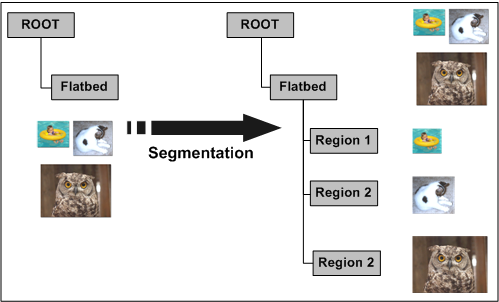Driver Behavior During Multipage Transfers
Drivers do not have to support folder acquisition directly. If drivers do not support it, the WIA service will recursively walk the item tree and call IWiaMiniDrv::drvAcquireItemData on all items that have the WiaItemTypeTransfer bit set in the WIA_IPA_ITEM_FLAGS property.
Drivers that support folder acquisition directly must expose the WIA_IPS_TRANSFER_CAPABILITIES property on the folder item. This property is a flag property and should have the WIA_TRANSFER_ACQUIRE_CHILDREN_CAPABLE bit set to indicate that it directly supports folder acquisition functionality. This support means that the driver itself will walk the tree to transfer the relevant items and the WIA service will simply call IWiaMiniDrv::drvAcquireItemData on the folder. The driver can differentiate between a normal transfer request and a folder acquisition request by testing the lFlags parameter for the WIA_TRANSFER_ACQUIRE_CHILDREN bit.
One of the main reasons that a driver would support folder acquisition directly is efficiency. A driver might transfer multiple items far more efficiently than having the WIA service call a transfer on each of the items.
A good example of this situation is during a multiregion scan. When multiple regions (such as separate pictures) are detected on the flatbed of a scanner, they could be represented as children off the "Flatbed" item. An example of this situation is represented in the following figure.

If a separate transfer was called on each of the child items of "Flatbed", the driver would perform three separate scans, which could be time consuming. However, if a folder acquisition was requested on "Flatbed", the driver would perform one scan, decompose it, and hand back three separate regions (which is often faster).
Note We recommend that only more sophisticated drivers directly support folder acquisition, because the driver is responsible for walking the item tree and taking the appropriate action.